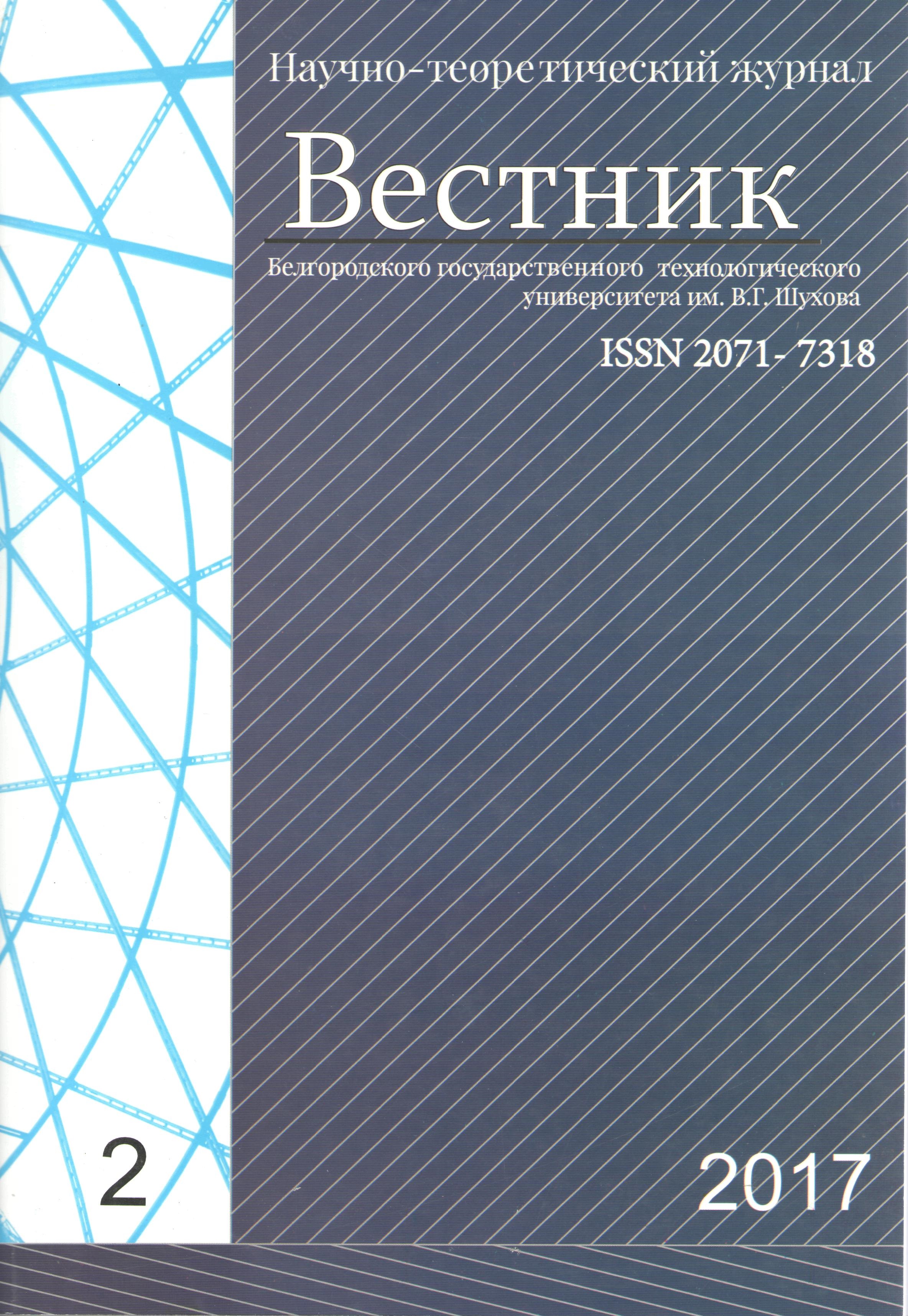CSCSTI 67.07
Russian Library and Bibliographic Classification 38
Even in time of Old Greeks and Romanians , the special attention was given to architecture aspects of the space, like as to possibilities which could be done to the object and the whole activity by good and well created architecture sollutions. Old Greeks had built gymnasiums which represented first real sport objects with open spaces for practicing exercices ,which in the beginning were used only for physical exercicing and later became the centre of intelectual life. The most impresive buildings from that time were the Stadium in Athens, Colloseum and Circus Maximus in Rome. By reintroducing of the Olimpic Games in 1896 year, the need for building of sport objects appeared, and was directed to making the best possible conditions for competitors and to realizing the best possible results. From that time builting of great sport objects with incredible archiecture solutions dates, first in the world and later in Serbia, and that has changed limits of arhitectonic possibilities in time. Sport obejcts that have been built lately have great importance and role from cultural, social and sociological aspects and contribute to urban creations of towns. Sport objects have contributed to further development of physical culture and of architecture.
physical culture, sport manifestation, sport objects, architecture of towns
1. Brzakoviћ M. Studiјa sportske arkhitekture i moguћnosti њene multifunktsionalne upotrebe. Nish: Graђevinsko-arkhitektonski fakultet. Neobјavљen magistarski rad, 2012.
2. Fayos-Sola E. The impact of mega events, Annals of Tourism Rrsearch, 25 (1), 1998.
3. Vuјoviћ B. Spomenitsi kulture na tlu Јugoslaviјe, Beograd: NU „Stari Grad“, 1974.
4. Đukić- Dojčinović, V. Kulturni turizam, Beograd: KLIO, 2005.
5. Jevtić J. Specifični uticaji olimpijskih igara na grad domaćina sa osvrtom na Olimpijske igre u Londonu 2012. godine. Beograd: Univerzitet Singidunum. Neobjavljen magistarski rad, 2013.
6. Grimmer V., Basauri L. & Beroš A.D. Lepota je napetost između dvije stvari“, časopis Oris broj 60, Zagreb, 2009.
7. Grimmer V. Glažar, T. „Arhitekturu rade ljudi za ljude“, časopis Oris broj 79, Zagreb, 2013.
8. Ilić, S. „Sportski objekti i tereni“,Beograd: Kultura, 1998.
9. Ilić S. Istorija fizičke kulture - novi vek i savremeno doba, Beograd: Fakultet fizičke kulture Univerziteta u Beogradu, 1994.
10. Mitrović M. „Fiskulturni objekti“, Beograd: Građevinska knjiga, 1984.
11. Weed M. Olimpik turizam, First Edition, Elsevier Ltd, London, 2008.
12. Putnik V. Sokolski domovi i stadioni u Beogradu, Nasleђe pp. 69-73., 2012.
13. Stankoviћ Ј. Kulturni turizam Srbiјe, Nish, Prirodno-matematichki fakultet, Neobјavљen master rad, 2012.
14. Šuvaković M. Istorija umetnosti u Srbiji XX,II tom, Beograd: Orion Art., 2012.
15. www.thegarden.com, 29.09.2016.
16. www. Istorijski razvoj sportskih objekata, 23.09.2016.
17. www.gradsubotica.co.rs/poslednje-gnjezdo-sokola 29.09. 2016
18. www.unesco.org, 26.09.2016
19. www.beogradskonasleđe.rs, 01.10.2016
20. www.sport.novosti.rs, 27.09.2016














